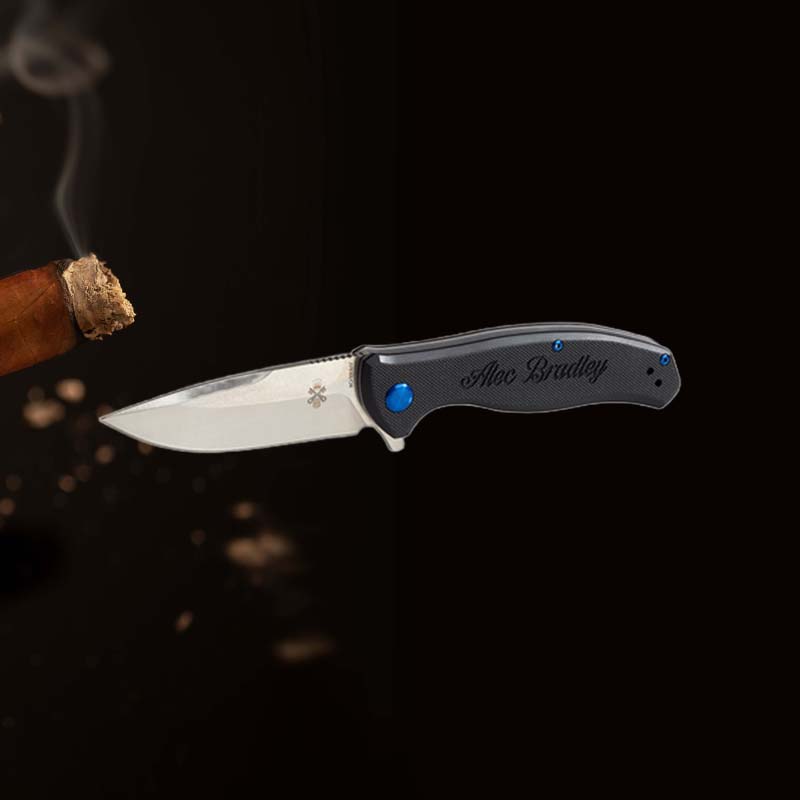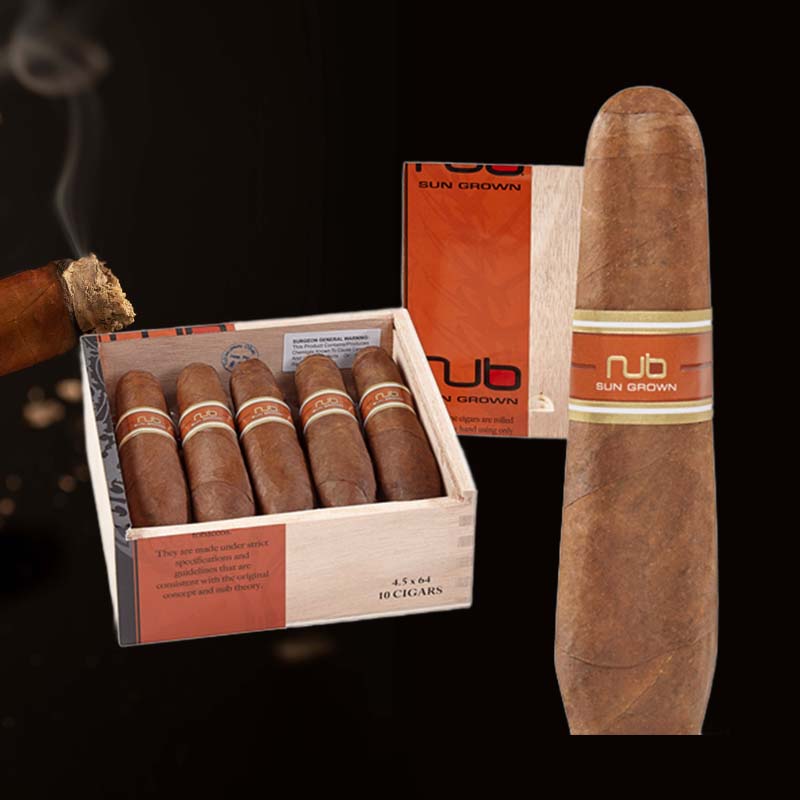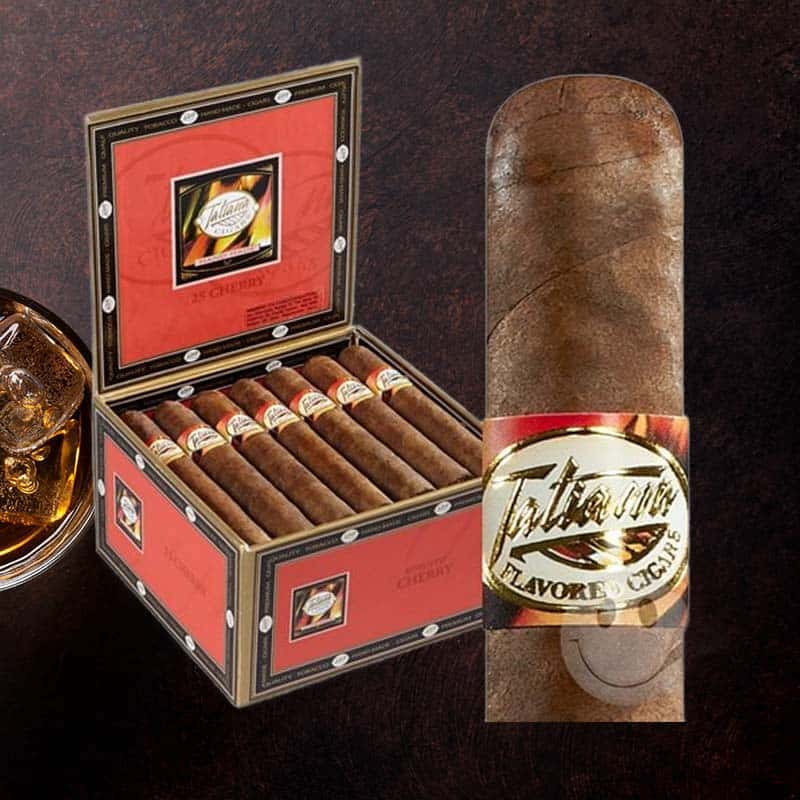My torch lighter won't click
We’ve all been there – the excitement of lighting up a fine cigar or igniting a flame for our favorite camping activities, only to find ourselves frustrated because our torch lighter just won’t click. In that moment, I felt like throwing my lighter across the room! Instead, I decided to delve into the mystery of why my reliable tool had betrayed me. It turns out, there are several common causes for a torch lighter not clicking, and with a bit of troubleshooting, it can often be revived. Let’s explore this journey together!
Common Causes of a Torch Lighter Not Clicking
Butane Lighter Tank is Empty
The first thing I quickly learned to check is whether the butane tank is empty. It’s surprising how often I forget this simple yet crucial detail. A lighter without fuel is like a car running on fumes! Make it a habit to regularly check the tank before assuming deeper issues.
Need to Adjust Your Fuel
If you’ve just refilled the lighter but it still won’t click, the fuel may need adjusting. I remembered a time when I accidentally overfilled mine, leading to issues in ignition. Adjust the fuel level to ensure optimal functionality.
Flint Needs to be Replaced
Another common issue arises when the flint is worn out. Much like letting an old battery drain out, a lack of fresh flint prevents the spark mechanism from doing its job. I learned to keep a replacement handy after realizing how easy it is to fix this issue.
Clogged Burners
If you’re using your lighter often, the burners can get clogged. As I examined mine, I found debris blocking the path where the flame should ignite. A simple clean-out can often restore functionality instantly, reminding me of the importance of cleanliness.
Air Trapped In Fuel Lines
Occasionally, air can get trapped in the fuel lines, preventing the butane from reaching its destination. After refilling, I’ve found it’s beneficial to bleed the tank to release trapped air before attempting to light it again.
Navigating Troubleshooting Steps for Torch Lighter Revival
Use High-Quality Butane
Using high-quality butane is paramount. I’ve discovered that lower-quality fuel can lead to blockages and other performance issues, so opting for reputable brands is essential in maintaining my lighter’s efficiency.
Check the Flame Setting
I often forget to check the flame setting. A misalignment here can lead to your lighter not clicking, even when everything else seems fine. Be sure to set it to a proper level.
Inspect and Clean the Flint Area
Cleaning out the flint area made a significant difference. I took a small brush to gently remove debris, allowing for a clearer path for the spark to ignite. Regular inspection allows for more consistent performance.
Bleed the Tank Before Refilling
Bleeding the tank is a step I learned to incorporate before refilling. It helps clear any air trapped inside, optimizing performance when I refill for my next use.
Wait for Your Lighter to Warm Up After Refilling
After I refill, I learned that it’s best to let the lighter sit for a few minutes to warm up. This practice can significantly improve ignition outcomes.
Clean the Jets
Lastly, keeping the jets clean is crucial for maintaining a reliable flame. I remember one instance when ensuring this prevented what could have been another frustrating evening.
5 Common Issues with Torch Lighters and How to Fix Them
Identifying the Problem
Identifying what’s causing my lighter to malfunction often comes down to observing its behavior. Is it the click; is it the flame; or perhaps it’s both? Understanding what situation I’m facing leads to the right fix.
Step-by-Step Repair Guide
A systematic approach can simplify getting my lighter back in action:
- Inspect fuel levels
- Adjust flame settings
- Clean components
- Refill and bleed when necessary
When to Seek Professional Help
Identifying Irreparable Damage
There are times when I’ve realized some damages may well be beyond my repair skills, like permanent dents or breaks in the lighter body. Knowing when to walk away is important.
Finding a Reliable Repair Service
Should I face irreparable damage, I always look for a reliable repair service. Recommendations from fellow cigar enthusiasts have led me to skilled professionals who truly understand the art of lighter repair.
DIY Troubleshooting vs. New Purchase
Cost-Effectiveness of Repairing
Whenever I’ve faced issues, I weigh out the cost-effectiveness of repairing it myself versus buying a new one. Often, small fixes can come cheaper than a new purchase, while still giving my lighter a new lease on life.
When It’s Time to Buy a New Lighter
Of course, there comes a time when a new lighter is necessary. If persistent issues occur alongside visible damage, I find it reasonable to invest in a new model that meets my needs.
FAQs About Torch Lighter Issues
What to do if it still won’t click after troubleshooting?
If it still doesn’t click after basic troubleshooting, I typically check for deeper internal issues before considering a professional repair or replacement.
How often should I clean my torch lighter?
I try to clean my torch lighter every few uses, especially after intense sessions, to avoid the buildup of debris that can impede performance.
Final Tips for Maintaining Your Torch Lighter
Regular Maintenance Practices
Regular maintenance is key; I make it a ritual to inspect and clean after significant use, ensuring lasting performance.
Choosing the Right Fuel for Optimal Performance
Lastly, I learned that choosing the right fuel ensures optimal performance – a lesson best learned early-on before frustration sets in during my next lighting session.









